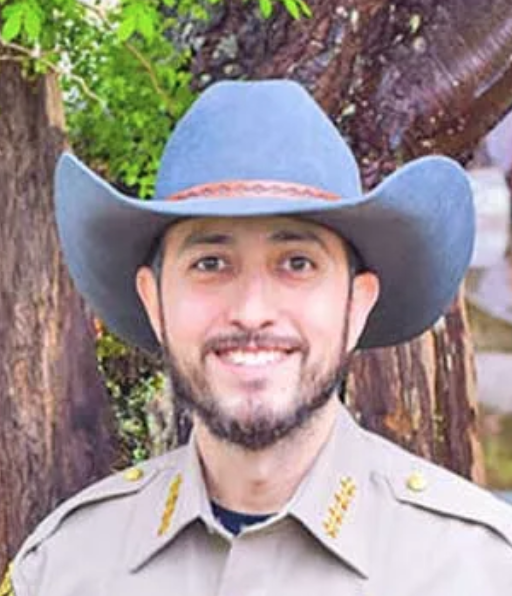Ask a Master Gardener: Are these berries edible?
Published 5:00 pm Monday, July 28, 2008
It’s that time of year when the rural landscape throughout Western Washington is filled with a variety of plants sporting colorful berries. Although most people are familiar with the more common ones like the prized little wild blackberries, Oregon grape and huckleberries, there are many other berries that ripen this time of the year tempting both children and adults to sample.
Trending
The question however is: Are they safe to eat? When it comes to wild berries the lists of safe vs. unsafe plants are never complete and can be hard to understand. Some toxic berries may even look like non-toxic fruit.
Unfortunately there are a number of myths regarding edible berries, which continue to be handed down from one generation to another. For example, despite what you may have been told, “cooking” poisonous berries does not get rid of the poisons.
How about “all berries that taste bad are poisonous.” The fact is that some toxic berries taste very bad and some nontoxic berries taste really bad. You cannot tell if a berry is poisonous just from the taste.
Trending
Do not assume that a plant is safe for you if birds or other animals are eating it.
Another common myth is that all plants that are not toxic to humans are safe for animals. The fact is that some plants that are not toxic to humans are harmful to animals. A good example is lilies, which are toxic to cats, but not to people. Pets need protection just like children. By the same token, some plants toxic to humans are safe for some animals.
More than likely you’ve heard that white berries are highly poisonous. According to the Washington Poison Center, most white berries are not poisonous. Eating one will probably not hurt you, but it is always best not to guess.
Many poisonous berries produce very minor symptoms such as stomach upset, mouth and throat pain or skin rash. If large quantities are swallowed, or if a person frequently ingests smaller amounts of the fruit more serious symptoms could develop. Some people are more sensitive to the effects of toxic berries than are others.
The best way to help avoid a poisoning is through education and common sense. Teach your children to never put leaves, stems, bark, seeds, nuts or berries from any plant into their mouths. Children are curious and if it smells nice, or looks good, they will try to eat it. Watching adults pick blackberries, strawberries and other edible fruits may encourage a child to pick and eat berries. Remember, plants can be tricky with one part being edible while another part is poisonous. A good example is rhubarb where the stalks are used, but the leaves contain oxalate crystals, which can irritate the skin, mouth, tongue and throat.
Poisonous plants are not limited to those found in woodlands and meadows that have toxic berries. Many can be found in our backyards. The leaves of tomatoes, potatoes, peaches, and cherries are considered dangerous if eaten. Many plants used in landscaping, such as daffodils, holly, lily-of-the-valley, English ivy, primrose and rhododendrons cause sickness or possibly death if eaten in large enough amounts.
The best information I have found regarding plant toxicity is a Fact Sheet available from the Washington Poison Center called “A Guide to Plant Poisoning Prevention and Treatment”. It is an excellent publication and provides a list of safe, as well as poisonous, plants. It indicates which types of poisoning symptoms are likely for each plant listed. You can get a free copy by calling 800-222-1222.
QUESTION: We planted our gourds, pumpkins and squash close together in the garden. Our neighbor just told us that they are going to cross and result in some very strange looking vegetables. Is this true?
ANSWER: Cross-pollination does frequently take place among some of the winter squash, pumpkins and gourds that are closely related. The results however, would not be evident in this year’s fruit. It would be the seed, which would have the characteristics of the two plants that crossed. When planted next spring, the seed will germinate into plants, which will then produce fruit showing the results of a possible cross between the squash, pumpkins and gourds.
EDITOR’S NOTE: For answers to local gardening questions go to www.pnwmg.org or call 360-249-4125, the WSU Extension office in Elma.









